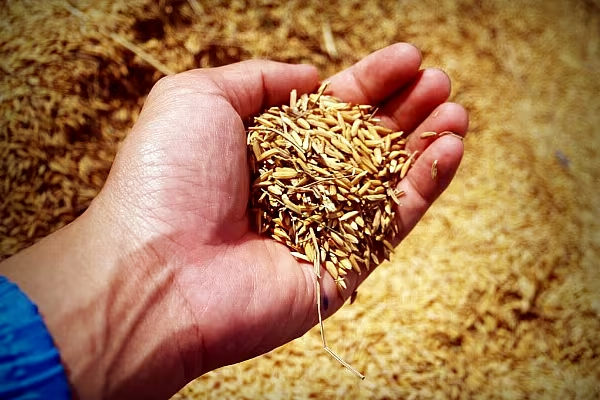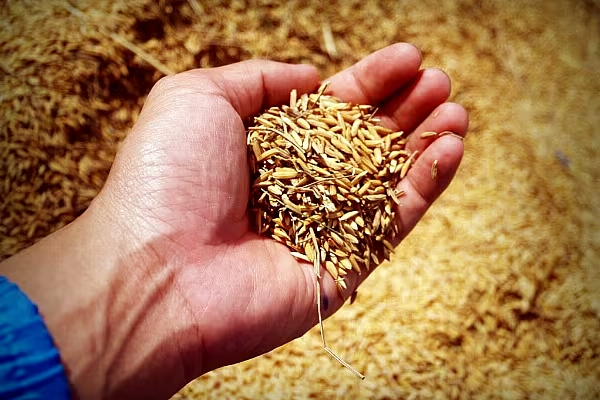Rice prices may extend losses after the biggest quarterly drop in three years as a revival in India’s monsoon rainfall helps boost global production to a record.
The price of 5-percent broken white rice, an Asian benchmark, may decline as much as 10 percent in the last three months of the year as harvests start in coming months and demand remains depressed, according to Jac Luyendijk, chief executive officer of SAT Swiss Agri Trading SA. Prices slumped 14 percent in the three months ended Sept. 30, the biggest decline since the third quarter of 2013.
Global milled rice production may total a record 481.7 million tons in the 2016-17 season, according to the U.S. Department of Agriculture. Output in India, the top rice exporter since 2012, will be the second-highest ever as farmers increase planting. The country recorded its first normal monsoon rainfall in three years, rebounding from back-to-back shortfalls.
“We have many exporting countries fighting for the same bone, which automatically puts pressure on prices,” Luyendijk said via e-mail. “Our price outlook for the coming 4-6 months is negative.”
The USDA in September said India will export 10 million tons of rice this year and boosted its forecast for shipments next year to 9.5 million tons from 8.8 million tons estimated a month earlier. Thailand’s main crop, which is harvested starting this month, will increase about 4.5 percent to 25 million tons, according to Jantida Meedech, deputy secretary general at the Office of Agricultural Economics. About 80 percent of the output will come on to the market this quarter. The export price of rice from India is about $20 a ton cheaper than from Thailand, according to the Thai Rice Exporters Association.
“Increasing crop arrivals in Asia and thin international demand will likely continue to pressure prices,” said Jade Savage, analyst at International Grains Council. Shipments to Nigeria, the world’s second largest buyer, have been limited by government efforts to prevent cross-border trades and a reduction in purchasing power, he said.
Nigeria’s central bank stopped importers of 41 items, including rice and palm oil, from accessing official foreign-exchange markets in June 2015. The measure was part of a plan to prop up the naira after it plunged against the dollar following a drop in the price of crude oil, the country’s biggest source of foreign-exchange. Nigeria’s imports may drop 4.5 percent to 2.1 million tons this year, and decline to 1.9 million tons next year, according to the USDA.
“Only unexpected demand from Asia or the reopening of rice imports into Nigeria could have some stabilizing impact on prices,” said Luyendijk. “As long as this demand is not around we really look to an extremely bearish scenario.”
News by Bloomberg, edited by ESM. To subscribe to ESM: The European Supermarket Magazine, click here.














